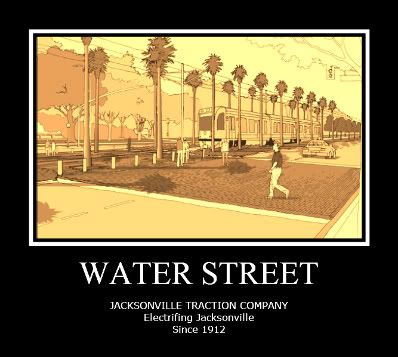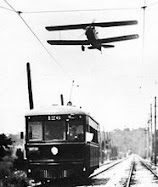 TRIANGLE TRANSIT AUTHORITY IMAGE OF DMU UNIT AND STARTER LINE
TRIANGLE TRANSIT AUTHORITY IMAGE OF DMU UNIT AND STARTER LINECommuter Rail System Coming to the Triangle?
NORTH CAROLINA PULLING AHEAD
Raleigh, N.C. — Could existing rail lines ease Triangle traffic problems? That’s the focus of a new study by the company that owns a lot of right-of-way in the state.Plans for a light rail system stopped when federal funding fell through. Many said it was too expensive. Now, one group wants to know if a commuter rail system could run on current tracks.When it seemed like any chance of a local rail system was off track, the North Carolina Railroad Co. decided to take a another look.“I think there is a strong consensus that commuter rail will come. It’s just a matter of when and how,” said Scott Saylor, NCRR president.The company is paying for the study to see if existing lines could be used in a commuter rail system. The study will examine the cost of converting tracks to be shared by commuter and freight trains.“It will tell us how much infrastructure would need to be added and how frequently the trains could run along with the freight trains,” Saylor said.The company is looking into the possibility of running four commuter trains in the morning and another four in the afternoon. The study will look at 174 miles of commuter lines – one section from Goldsboro to Burlington and another section in the Piedmont. It will examine stops 5 to 7 miles apart and possibly one at the airport.“I think it would be great,” said Raleigh City Councilman Philip Isley. “We clearly need something like that, the problems we've had with the TTA and its limited destinations.”The original Triangle Transit Authority light rail proposal included building two new tracks. The TTA plans to follow this new process closely.“In talking with the North Carolina Railroad, we've made it clear that we want to participate at a level that will allow us to understand the results when they are produced,” said TTA General Manager David King.The North Carolina Railroad Company is looking for consulting engineers to conduct the study. The company hopes to have results by the middle of next year and plans to present the final numbers to local government, businesses and transportation groups.
















.jpg)


























